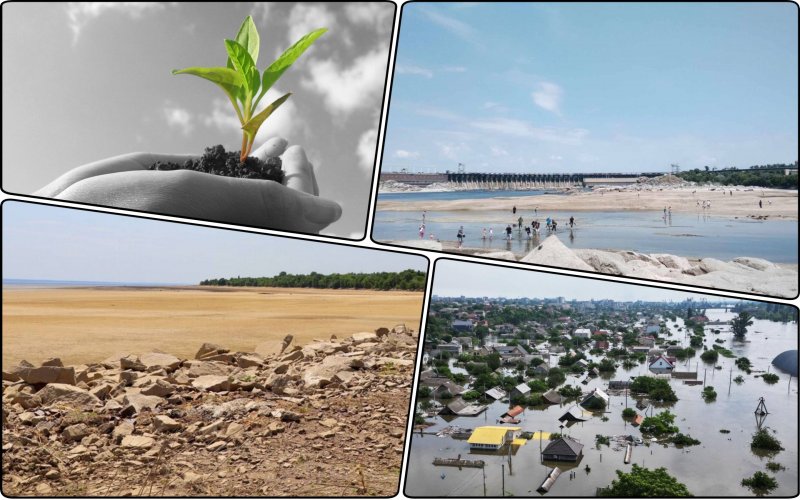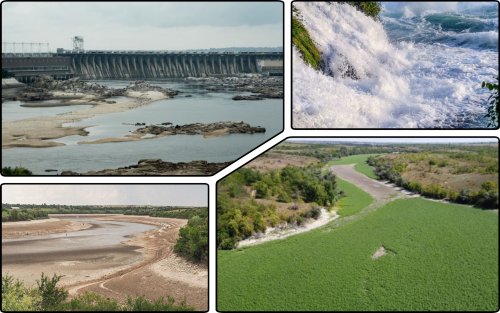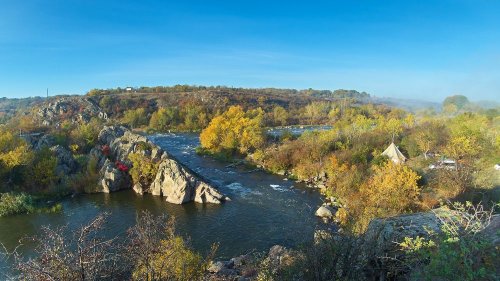The Minister of Environmental Protection and Natural Resources, Ruslan Strilets, said that it will take at least 10 years to restore ecosystems after the explosion of the Kakhovskaya HPP.
Probably, even during this period, biodiversity and ecosystems will not be restored to their original natural state, he said on the air of the One News telethon, the Ministry of Environment reports on Facebook.
He noted that the Kakhov Reservoir supplied water to about a million Ukrainians. Currently, 73% of this water has entered the Black Sea. Due to this, in the first days after the terrorist attack, the salinity of the water in the sea decreased, and the water area was polluted with building debris, sewage and other garbage.
According to him, Ukraine has approximately lost more than 10 cubic kilometers of water – the most valuable resource. The area of the reservoir has decreased by approximately 80%. Before the terrorist attack, it provided drinking water to more than 1 million Ukrainians and irrigated fields. Currently, the Dnipro River has returned to a natural river in the area of the reservoir.
"Due to the terrorist attack, about 80,000 hectares of protected areas were flooded. Today, the water has almost receded, but there are many silt deposits. There is a high probability that the soils will be cleaned for a long time. Yanska Sich expects a gradual and long recovery", said Strilets, adding that due to the complete flooding of the Nizhny Dnipro National Park, its aquatic vegetation will not be the same as before.
He emphasized that due to detonation, the world potentially lost endemic species of plants and animals, that is, species that lived only in a single place on the planet. Among them is the sea pike, 70% of the range of the world population of the Nordmann's mouse, up to 50% of the range of the sand pike and the murranchik.
Strilets also said that experts from the department, in particular the Scientific and Technical Council, and the United Nations Environment Program (UNEP) are working on the feasibility of restoring the Kakhov reservoir. After all, during the 70 years of the reservoir's existence, there have been many changes in the ecosystem of the area.
Earlier, EcoPolitic wrote, that Prime Minister of Ukraine Denys Shmyhal stated that, according to preliminary estimates, eco-damages from the explosion of the Kakhovskaya HPP reached $1.5 billion.
As EcoPolitic previously reported, in the Kakhovsky Reservoir after the detonation of the HPP near the occupied Energodar, the water completely disappeared, and the territory turned into a desert. In Zaporizhzhia, too, water has disappeared from the Dnipro Reservoir, which is in the area of the Dnipro Hydroelectric Power Station.





